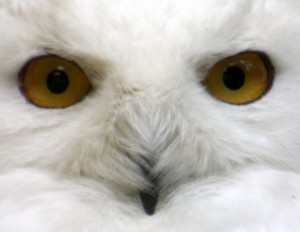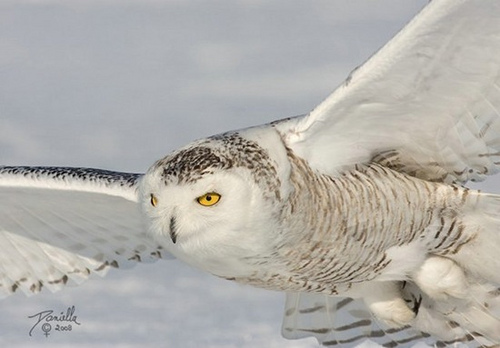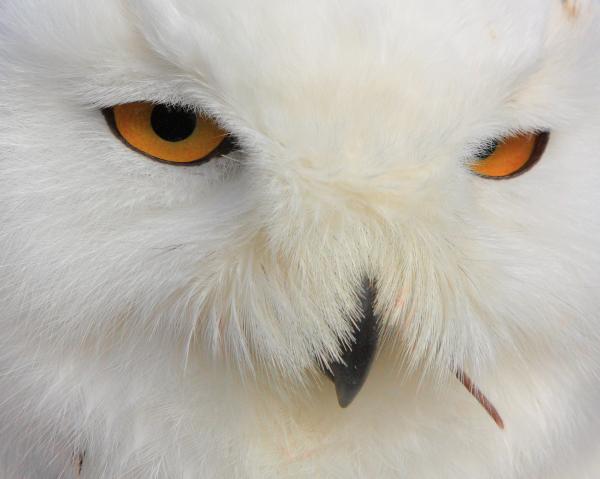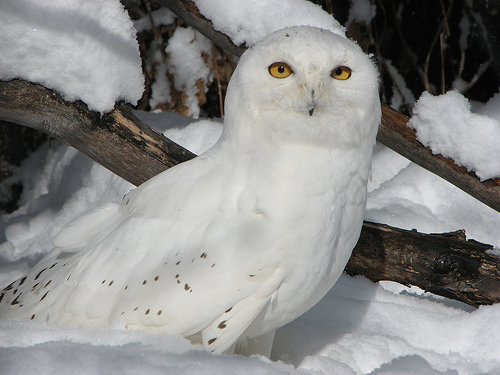Snowy owls — large birds of prey perfectly adapted to life in the northern Arctic — are rare visitors to the relatively balmy climes of the Harbor Bight, but a natural Arctic cycle brings them our way every so often.The Snowy Owl is a large owl of the typical owl family Strigidae. Snowy Owl calls are varied, but the alarm call is a barking, almost quacking krek-krek-krek-krek; the female also has a softer mewling pyee-pyee-pyee-pyee or prek-prek-prek. The song is a deep repeated gawh. They may also clap their beak in response to threats or annoyances. While called clapping, it is believed this sound may actually be a clicking of the tongue, not the beak. Their lives are intimately tied to those of their predominant food, lemmings.


Snowy owls clearly demonstrate evolution’s power to sculpt life to fit environment. Under their thick outer feathering is a dense layer of down, which allows them to maintain an internal temperature of 100 to 104 degrees Fahrenheit, even when the air temperature is 70 below. The heaviest of North American owls, snowies can be nearly pure white in color.
(Females are always darker than males, and have white feathers barred with dark brown.) The light coloration provides camouflage when the owls are perched on snow or on sand. And while other owls are nocturnal, snowies are active both night and day — an adaptation that makes perfect sense, given that daylight is continuous within the Arctic Circle during much of the summer nesting season.
Snowy owl like other owls, snowies have eyes that are fixed in their sockets. In order to see all around, they have extra vertebrae in their necks that permit them to rotate their heads up to 270 degrees in either direction (but not all the way around, as some once thought). The sight of one of these silent white hunters, sitting atop a fencepost and swiveling its head and huge yellow eyes toward you, is one you won’t soon forget.









